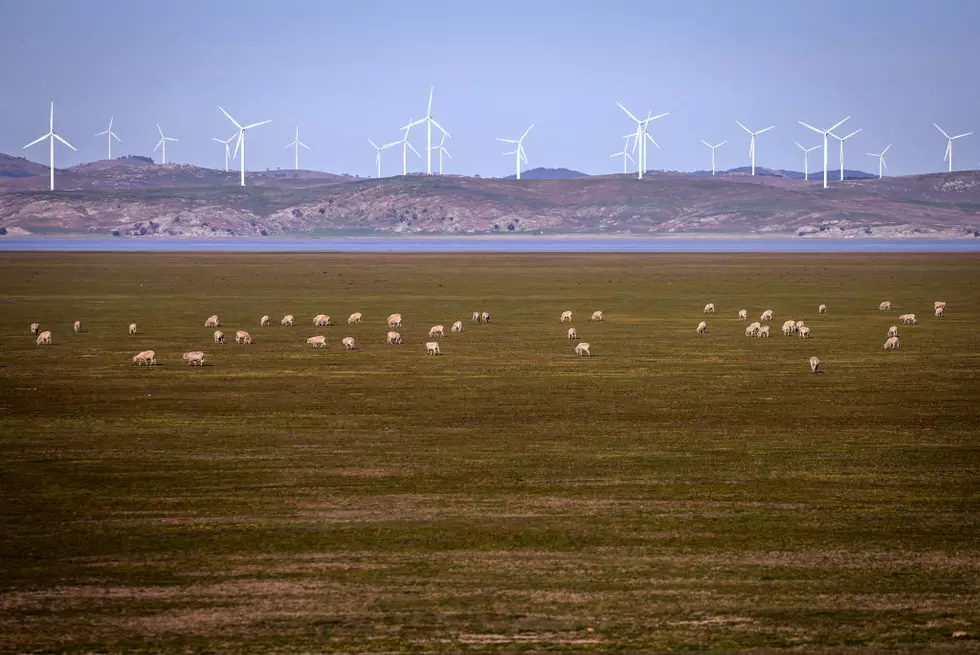
Oil Leaks from Little Goose Lock & Dam into the Snake River
The Main Unit Turbine at Little Goose Lock & Dam near Starbuck has been leaking between 300 to 600 gallons of oil into the Snake River over the last three months, the Walla Walla District Corp of Engineers estimates.
The turbine is part of the hydropower generating system at the dam and has been put into a forced outage. As repairs are made to the turbine, it has been isolated from the river. Five turbines remain in service.
"The oil is not recoverable," a press release states, "and there were no identified sheens in the river."
Oil absorbent booms have been placed in the Snake River as a precaution, to capture any additional leaks should they occur. Booms are used to contain oil spills and stop them from spreading.
“As environmental stewards, our goal is to respond swiftly and decisively during oil leak responses,” Paul Ocker, Operations Division chief for the Walla Walla District, said. “Our team at Little Goose Dam took appropriate actions to remove the turbine from service, assess and contain the leak. The turbine will remain out of service and isolated from the river until repaired.”
The Corp notified the Environmental Protection Agency, United States Coast Guard, Columbia River Intertribal Fish Commission, and Washington Department of Ecology.
This is like deja vu for anyone who recalls the spilling of oil at Lower Monumental Dam near Kahlotus in 2017, though that was much worse, leaking 1600 gallons of oil into the Snake River.
Apparently, oil spills from dams are fairly common in the Snake River and Columbia River. That doesn't make them any less serious for the environment, including plant life, or any healthier for wildlife and humans.
The 7 Worst Natural Disasters in the History of Washington State
Gallery Credit: Rik Mikals
LOOK: The most expensive weather and climate disasters in recent decades
Gallery Credit: KATELYN LEBOFF
More From 610 KONA




![[LISTS] Washington State Wildfire Weekend Road Closures](http://townsquare.media/site/133/files/2024/07/attachment-Untitled-design-2024-07-26T064047.359.jpg?w=980&q=75)




